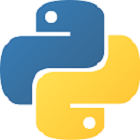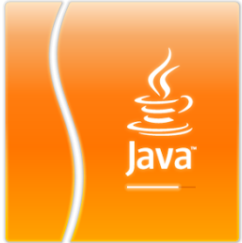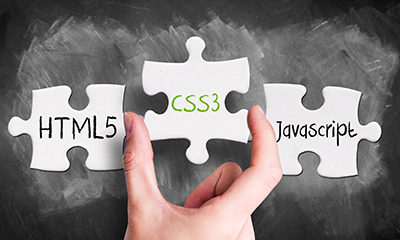EVCOMPUTING CLASSES, WORKSHOPS, SUMMER CAMPS
— IN A NUTSHELL —
EVComputing offers group classes, 1:1 in-person programming classes, online programming classes, and summer camps.
EVComputing offers group classes, 1:1 in-person programming classes, online programming classes, and summer camps.

The Python Programming course uses the clear readable code style of Python to introduce children to the basics of computers and programming. It enables them to focus on computational thinking rather than only on coding and learning the syntax, which is the reason Python is currently the most popular language for teaching introductory computer science at top-ranked U.S. universities.
 IIn the Java Programming course, students start off learning about variables, data types, loops and conditionals. They end the Intermediate level with a portfolio of programs they have written from scratch. The AP CS levels go deeper into Java and Object Oriented Programming while following the curriculum prescribed by College Board. This course is also useful for students who want to write the AP CS A exam without studying it in school. Many EVComputing students have achieved a score of 5 in this exam.
IIn the Java Programming course, students start off learning about variables, data types, loops and conditionals. They end the Intermediate level with a portfolio of programs they have written from scratch. The AP CS levels go deeper into Java and Object Oriented Programming while following the curriculum prescribed by College Board. This course is also useful for students who want to write the AP CS A exam without studying it in school. Many EVComputing students have achieved a score of 5 in this exam.
 Artificial intelligence (AI) is a field of computer science where machines are intelligent and think, work and react like humans. Machine learning ( ML) is a sub-field of AI where computers use data to learn by themselves and improve their performance from experience, without being programmed. Students learn how to create and collect data such as text or images, train the computer to recognize them, and explore how to make the computer better at learning.
Artificial intelligence (AI) is a field of computer science where machines are intelligent and think, work and react like humans. Machine learning ( ML) is a sub-field of AI where computers use data to learn by themselves and improve their performance from experience, without being programmed. Students learn how to create and collect data such as text or images, train the computer to recognize them, and explore how to make the computer better at learning.
 Through a hands-on personalized business webpage project, students are introduced to the syntax, organization and styling features of HTML and CSS. They will be able to change the text color, background and color; add comments; and create links, images, menus and forms. Starting off with a simple one line of text, the page grows into an advanced version that uses all the concepts learnt. Next, they explore how JavaScript makes a webpage behave in different ways in response to a user’s actions. They learn about variables, numbers, conditionals, functions, loops and arrays. Each concept includes small projects that demonstrate the application of the concept in a real-world context.
Through a hands-on personalized business webpage project, students are introduced to the syntax, organization and styling features of HTML and CSS. They will be able to change the text color, background and color; add comments; and create links, images, menus and forms. Starting off with a simple one line of text, the page grows into an advanced version that uses all the concepts learnt. Next, they explore how JavaScript makes a webpage behave in different ways in response to a user’s actions. They learn about variables, numbers, conditionals, functions, loops and arrays. Each concept includes small projects that demonstrate the application of the concept in a real-world context.